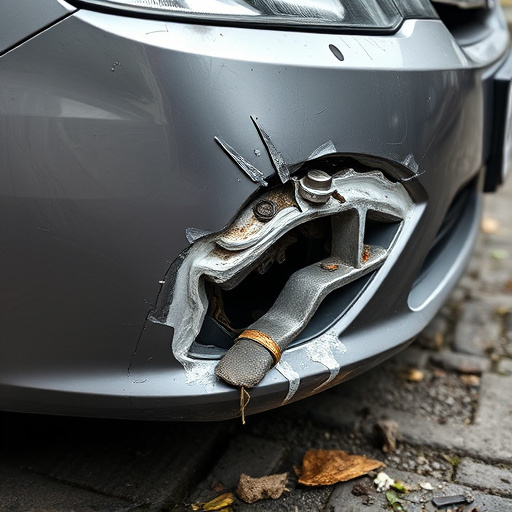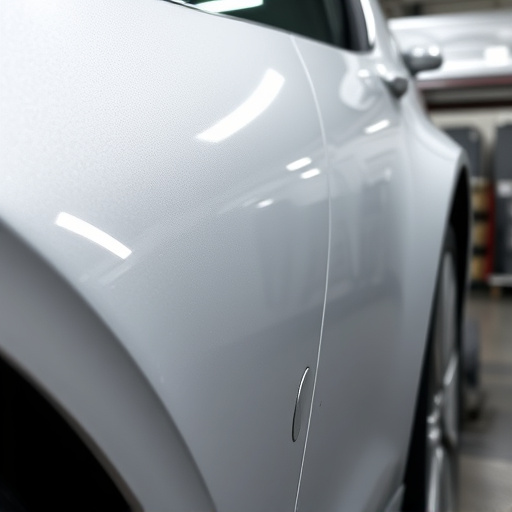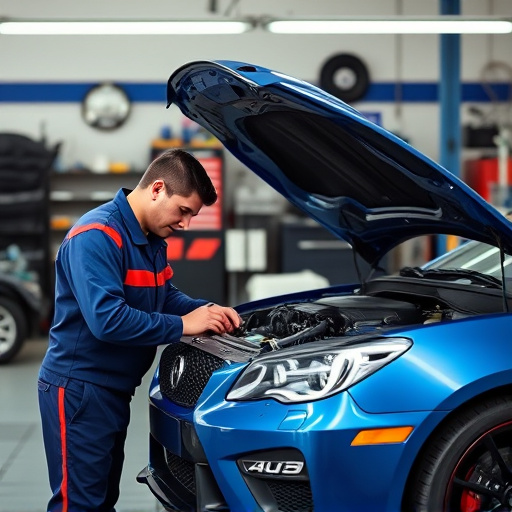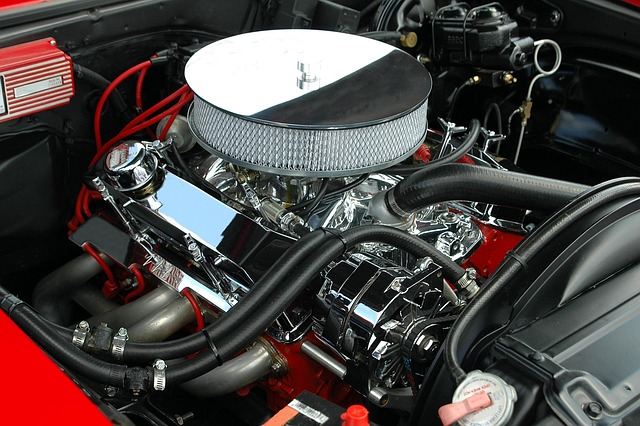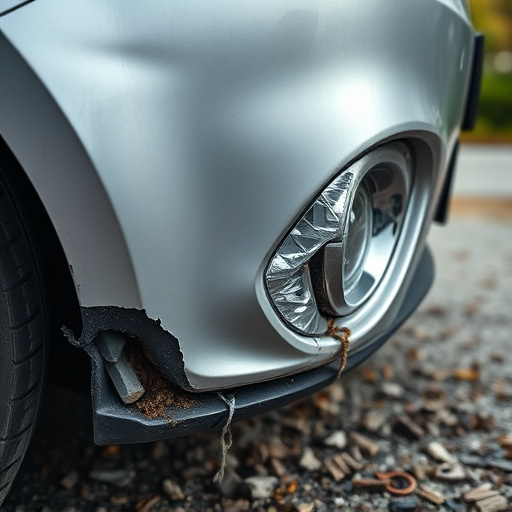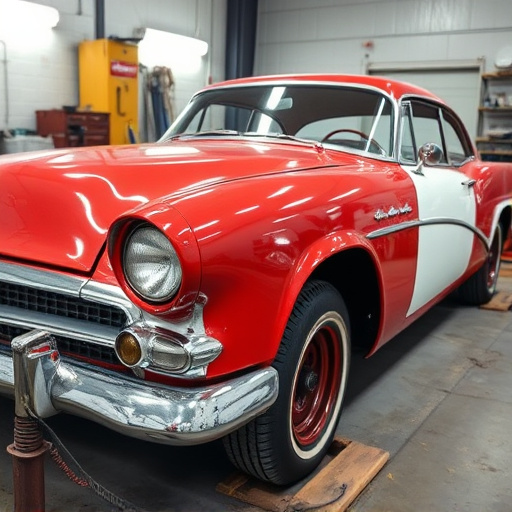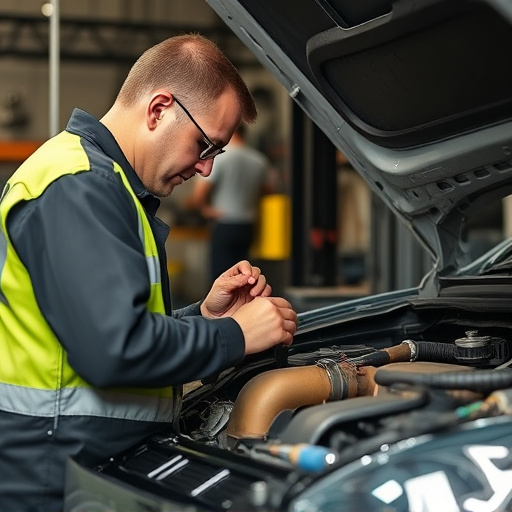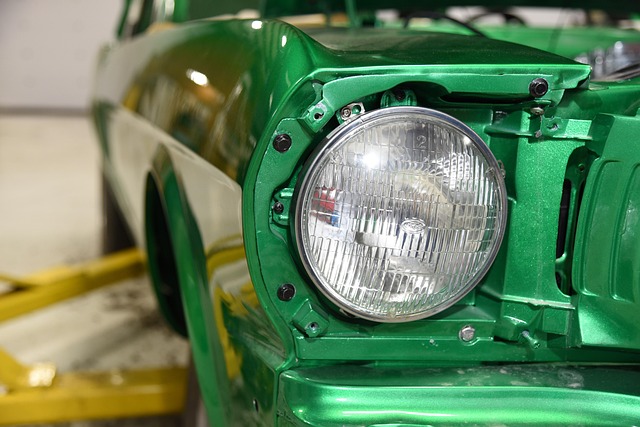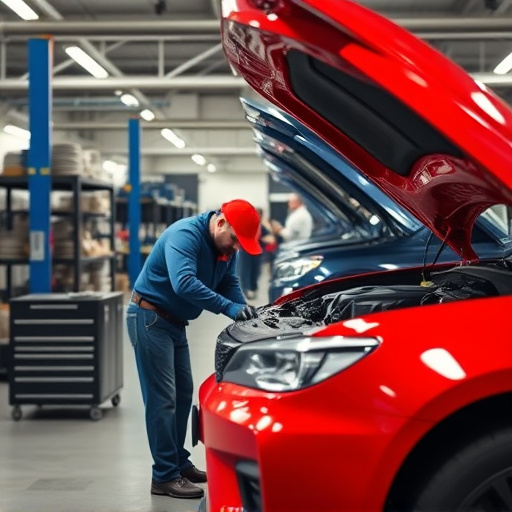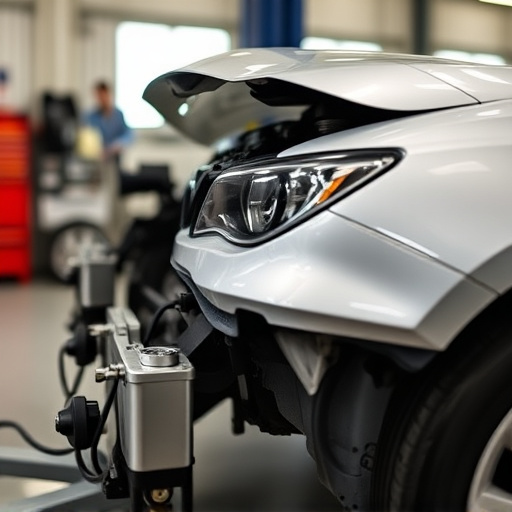The best time for paint finish restoration is spring and autumn due to mild temperatures and favorable weather conditions. Avoid extreme heat or cold as they disrupt curing. Manage moisture levels; avoid monsoon seasons. Ideal conditions are 70°F (21°C) temperature and low humidity. Strategically schedule projects based on seasonal demands, balancing weather for efficient restoration work.
The best time to tackle paint finish restoration projects varies depending on your location and climate. Understanding how seasons impact your work can significantly enhance the quality of the final result. This article explores the ideal weather conditions for achieving a flawless paint finish, offers insights into efficient workload management throughout the year, and provides valuable tips for optimal painting restoration at any season.
- Understanding Seasonal Impact on Paint Restoration
- Ideal Weather Conditions for Quality Finish
- Tips for Efficient Workload Management Throughout Seasons
Understanding Seasonal Impact on Paint Restoration
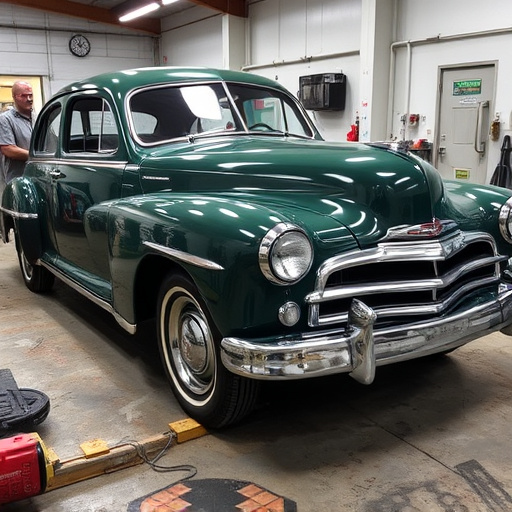
The seasons play a significant role in determining the best time to embark on paint finish restoration projects, be it for your home or a luxury vehicle repair. In general, many professionals recommend spring and autumn as the ideal periods for this type of work. During these times, the weather is generally mild, with neither extreme heat nor freezing conditions. Extreme temperatures can negatively impact the curing process of new paint, potentially leading to bubbles, cracks, or an uneven finish in vehicle paint repair or any paintless dent repair.
In terms of specific considerations, moisture levels also come into play. While a bit of humidity is beneficial for curing, excessive rainfall or high atmospheric moisture can hinder the drying and setting of fresh paint. Thus, avoiding monsoon seasons or periods of heavy rain ensures optimal results in paint finish restoration. This is especially crucial when aiming for a flawless, long-lasting finish on your luxury vehicle repair project.
Ideal Weather Conditions for Quality Finish
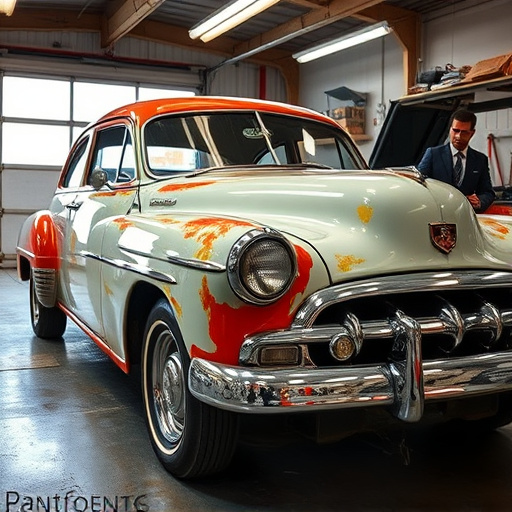
The ideal conditions for achieving a superior paint finish restoration are typically found during the milder months of the year. Avoid both extreme heat and cold, as they can negatively impact the drying process of the restorative coatings. Aim for temperatures around 70°F (21°C) with minimal humidity to ensure the best results in vehicle body repair or paint finish restoration projects. These conditions are ideal for several reasons: first, they promote quicker drying times, which is crucial when restoring a luxury vehicle; second, they minimize the risk of premature curing, ensuring the finish remains smooth and even; and finally, they help avoid any warping or distortion that can occur in extreme weather, common in both bustling urban areas and moist climates.
When it comes to paint finish restoration, the right environmental conditions are as important as the skills of a qualified automotive repair service technician. By understanding these ideal weather parameters, restorers can optimize their work, ensuring the longevity and aesthetics of the finished product—whether for a classic car or a modern luxury vehicle.
Tips for Efficient Workload Management Throughout Seasons
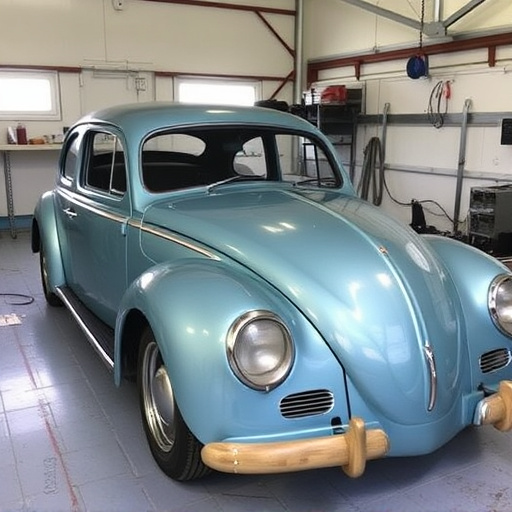
When planning paint finish restoration work, managing your workload efficiently is key, regardless of the season. One crucial tip is to schedule projects based on weather conditions. Avoid working on car body restoration or auto body repairs during extreme weather like heavy rain, snow, or scorching heat, as these can impact both your safety and the quality of the restoration process. Opt for calmer periods when humidity levels are balanced and temperatures moderate.
Additionally, consider seasonal demands on your time and resources. Spring and autumn offer relatively mild climates and fewer distractions from other outdoor activities, making them ideal for detailed tasks like paint finish restoration. During peak seasons, when demand for auto damage repair might surge, plan ahead, prioritize projects, and ensure you have the necessary tools and materials readily available to streamline your workflow and meet deadlines efficiently.
When it comes to achieving a superior paint finish restoration, understanding and leveraging seasonal advantages is key. The ideal conditions, characterized by moderate temperatures and low humidity, offer an optimal environment for precise work and swift drying times. By managing your workload strategically, you can ensure consistent productivity throughout the year. Embrace these seasonal tips to elevate your paint finish restoration projects, resulting in long-lasting, visually appealing finishes.
